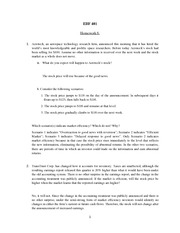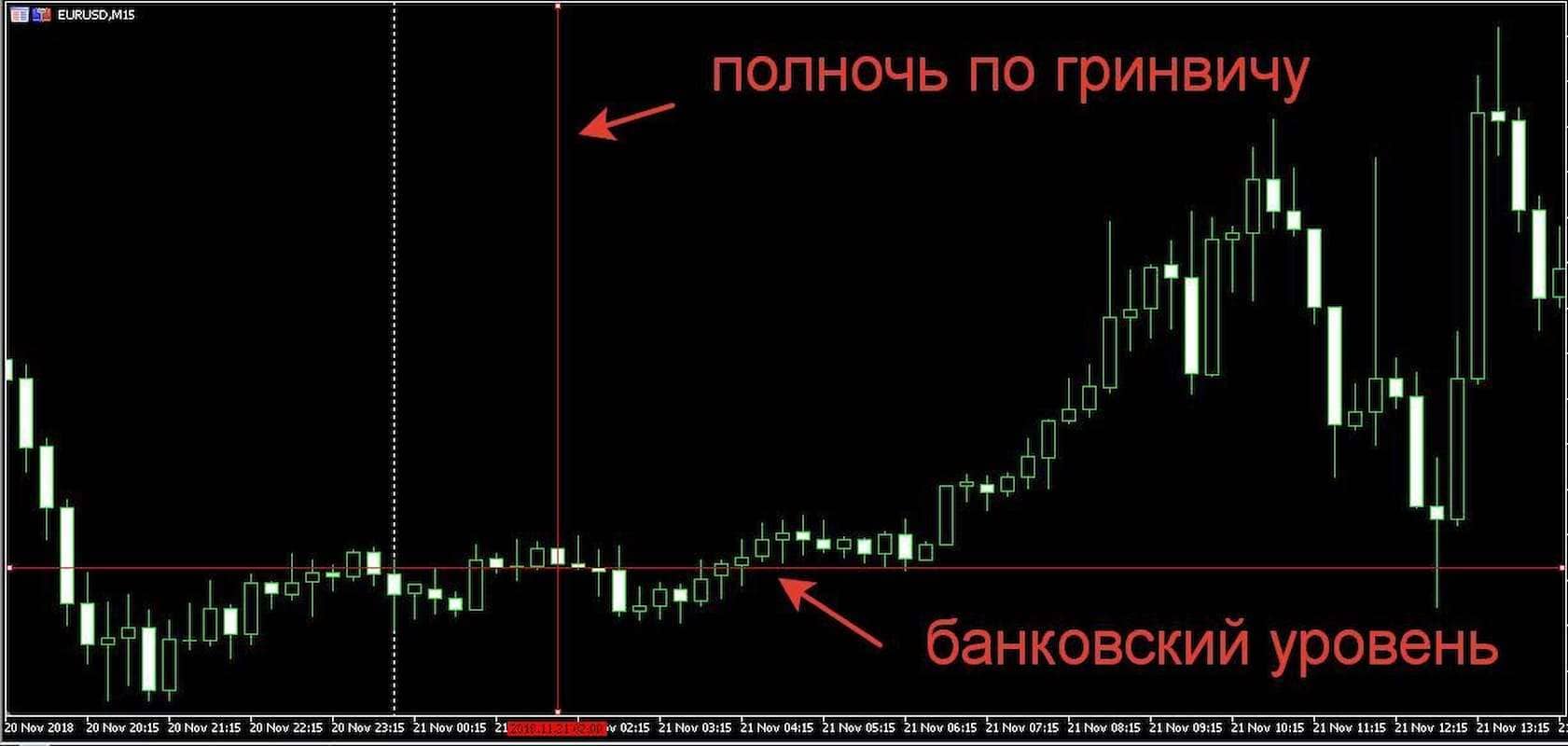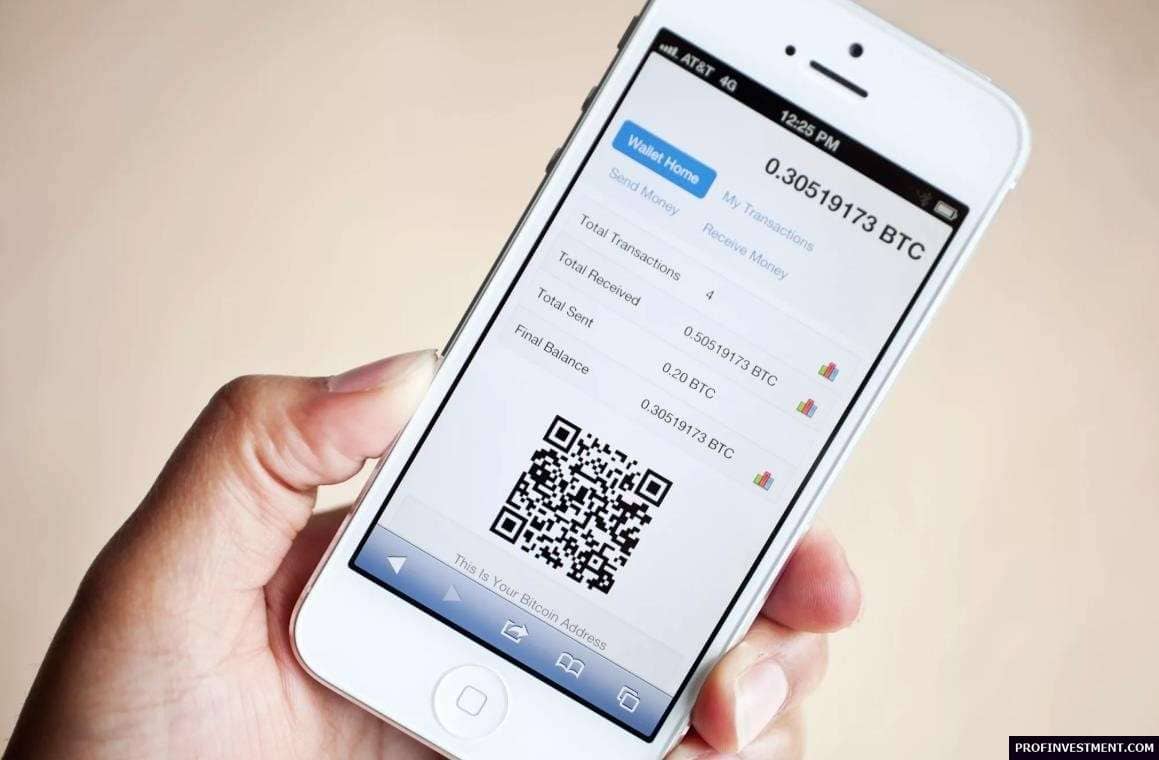Content

If the approver does not respond to the notification, then the subprocess takes the transition to Node 16 to remind the approver to respond to the request. If the approver again does not respond in the specified time, then the subprocess takes the next transition to escalate the issue by contacting the approver’s manager at Node 23. If the approver approves the request, then the subprocess ends at Node 14 and returns a result of True to the top level Request Approval process. Similarly, if the approver rejects the request, the subprocess ends at Node 19 and returns a result of False. For a description of what this message includes, see the Collector Approval – Inform Collector node in the Collector Approval subprocess. This activity occurs only if the Request Collector Approval activity times out before being completed.

An explanation of each exception is provided at the end of this section. You can also record other information by adding notes about your debit items in the Notes tabbed region of the Transaction window. Upon receipt of a confirmation message, Receivables translates the import status and reason code into the appropriate confirmation action, and updates the transmission status accordingly.
Define Accounting Rules
If the status is Failed, then the system administrator receives a notification via Workflow. Initiate the transfer of Receivables invoice documents in XML format by submitting the Document Transfer Request Set, which runs the Document Transfer Scheduling and Document Transfer concurrent programs. To review information about this adjustment, including the date this adjustment was created, who created this adjustment, and any related comments, choose Action History. If you do not want to adjust the items of related customers, uncheck the Adjust Related Invoices check box.
Case 4 – A partial credit memo is entered against the invoice on 6/1/XX, with credit method for rules set to UNIT. Receivables lets you apply a receipt with an existing on-account credit memo to close one or more of your customer’s open debit items. For example, your customer receives goods totaling $500, but they are not satisfied with their purchase. When the customer remits payment of $400, you can simultaneously apply this receipt with the on-account credit memo to close both the open invoice and their on-account credit memo.
To Display the Process in Oracle Workflow Builder
Your choice of the Organization parameter affects the Invoice Source parameter. When you select a single operating unit, you can select only the batch sources for that operating unit as value for the Invoice Source parameter. At Node 7 the process notifies the Receivables role to approve the request within a specified period of time. This function activity inserts basic information on the disputed transaction indicating that a request was forwarded for approval. This function activity inserts basic information on the disputed transaction indicating that a reminder notification was sent to the approver to respond to the request. This function activity inserts basic information on the disputed transaction when the request is rejected, and removes the transaction from dispute.
- Invoice information defined in the user area section of the XML DTDs.
- Enter the customer Bill-to Name and Location for this transaction.
- This lets you ensure that revenue is distributed to the correct accounts, regardless of how account structures may change.
- The same Pre-Authorization code and amount are captured five times to reach the total rebill amount of $100.
- An NSF fee or non-sufficient funds fee is incurred when a bank account does not have enough money to cover a payment.
An EMV or chip card is a standard card that contains an embedded microchip as well as a traditional magnetic stripe. The chip encrypts information to increase data security when making transactions at terminals or ATMs that are chip-enabled. Interest that is calculated on both the accumulated interest and the principal balance in the account. While this may be true, Sabre can change its policy at any time, for all agencies or just for your agency, and Sabre can even make exceptions to its policy after you receive the debit memo. PayPal can also be set up for recurring monthly payments for our cloud products. Recurring credit card payments can also be set up for monthly renewals of our cloud products.
Missing First Approver (Node
If you can’t find an answer to your question, please don’t hesitate to reach out to us. Best ROI. Our customers achieve an average 7x ROI within the first six months. Cloud-based storage compatibility, you may quickly import the needed doc from preferred clouds with practically any gadget. Once you enter our web site, Login or register your account if you don’t have one, it will require you a matter of moments. Cooperate on the same templates, modify, eSign, and share them faster than before.
If you rerun AutoAccounting for this sales credit line, and you have already posted the credit memo account assignments, the original accounting entries and sales credit record are not updated. In this case, new accounting entries force pay debit memo and sales credit records are created to offset the original sales credit entries and to note the new ones. If you choose No, Receivables does not run AutoAccounting, but does save the changes to the sales credit information.
Credit Memos Against Invoices Against Commitments
This function activity determines the next approver for this request by checking the collector’s approval action. If the collector selects Limits Only, then the request follows the Limits Only Approval subprocess. If the request receives approval from the Receivables Approval subprocess, then the Credit Memo Creation subprocess creates the credit memo in Oracle Receivables at Node 14. For the final workflow phase, define an AME rule to identify the Receivables user whose approval initiates the creation of the credit memo. To create the latter type of rule, you might create job levels in HRMS and assign them to your approvers.

Enter “Y” to indicate that this debit memo voucher line is taxable. Enter “N” to indicate that this debit memo voucher line is not taxable. If this line is taxable, the system will automatically calculate the applicable sales, value added tax, use, or reverse tax, based on the tax rate. This non-editable field displays the total quantity rejected for payment (Rejected Quantity – Pay for all receipts) against this purchase order line edited. The table window will be populated with eligible purchase order lines, when you execute Subquery. Each of these lines is eligible to become a debit memo voucher.
You can specify whether accounting rules use a fixed or variable revenue recognition schedule. Accounting rules of Fixed Schedule span a predefined number of periods. Accounting rules of Variable Schedule let you define the number of periods during invoice entry. If this profile option is set to Yes and you specify a Rate Type of User, you can enter an exchange rate between your functional currency and the receipt or transaction currency . Invoicing rules let you determine when to recognize the receivable for invoices that span more than one accounting period.
Why did I get charged a debit memo?
Debit memos can arise as a result of bank service charges, bounced check fees, or charges for printing more checks. The memos are typically sent out to bank customers along with their monthly bank statements and the debit memorandum is noted by a negative sign next to the charge.
Another type of debit is a charge on a debit card, which is linked to the bank account. A check written to another party also shows up as a debit memo on the statement. They both are powerful features of this type of account in 2021. Stay on top of your account activity and balance with just a few taps. The ACE Flare™ Account by MetaBank® Mobile App 6 gives you the ultimate control of your money on-the-go. Demand deposits or non-confidential money are funds held in demand accounts in commercial banks.
Is a debit memo a refund?
A debit memo is used to denote an adjustment to a customer's account that reduces their balance. In banking, a debit memo notifies of an adjustment that can be related to banking fees, such as service charges or bounced-check fees. Debit memos are often used in accounting to rectify overpayments from customers.









